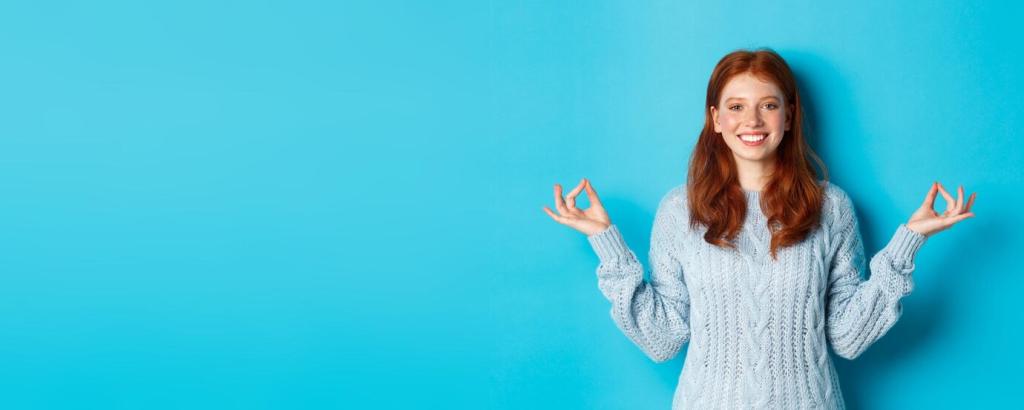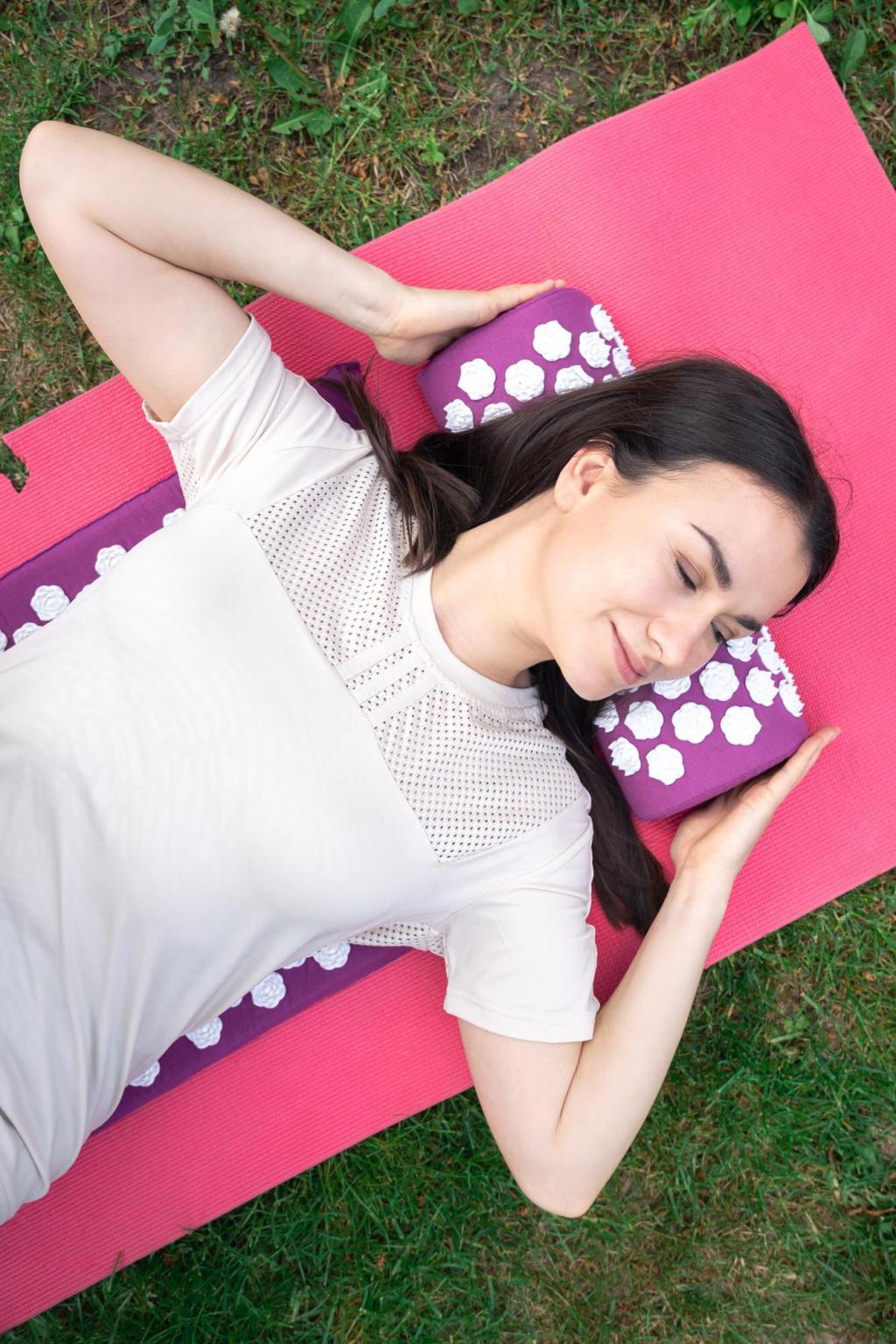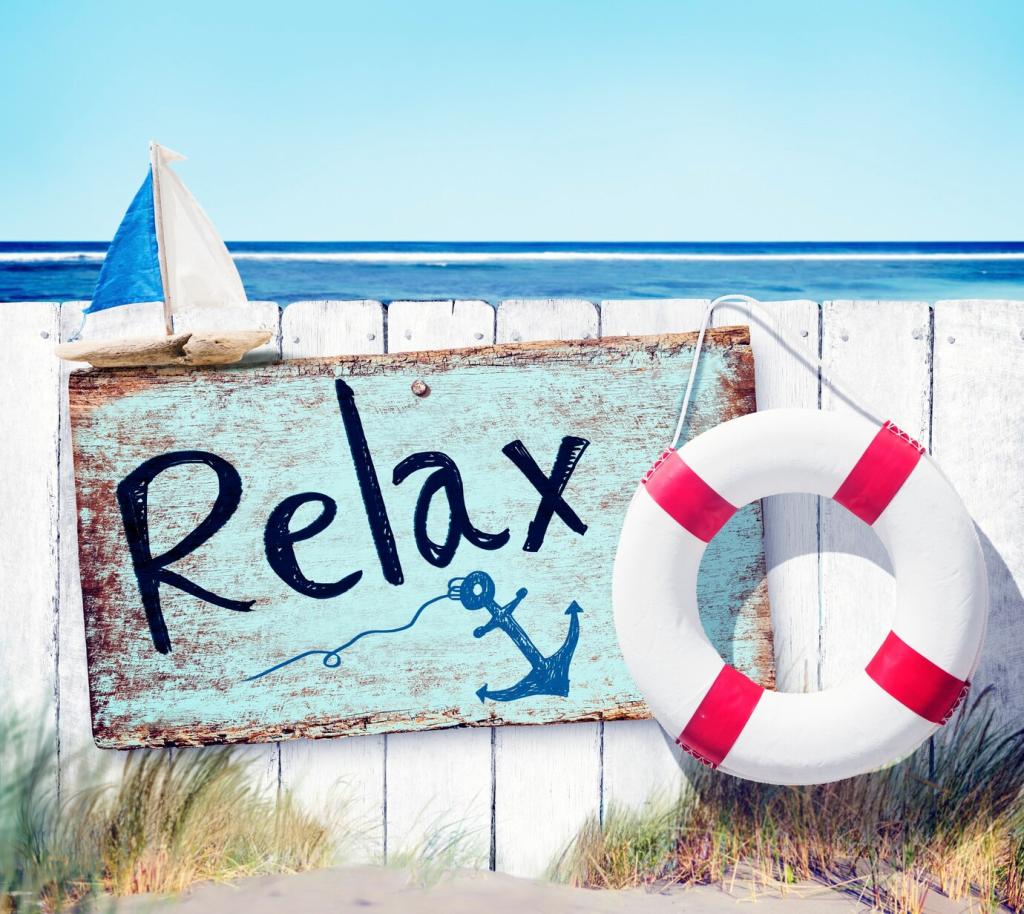Chosen theme: The Role of Art in Navigating Stress. Welcome to a warm corner of creativity where science meets storytelling, and small daily acts of making help you breathe deeper, feel steadier, and reconnect with your resilient, expressive self.
Why Art Calms a Busy Mind
Repetitive, rhythmic gestures like shading or stitching can lower cortisol while nudging dopamine and oxytocin upward. That biochemical shift is why simple doodling, coloring, or kneading clay often feels like an exhale after a long, clenched day.



Anecdotes from the Studio
Maya draws tiny plants during hectic shifts. She says leaves are a promise that things keep growing. Her doodles do not fix understaffing, but they give her a steady breath before stepping back into the ward.
Anecdotes from the Studio
Under deadline pressure, Leo sketched a daily four-panel comic about his talking backpack. The jokes lightened anxiety, helped organize study blocks, and turned stress into a character he could befriend, not fear.

Pairing Art Forms with Specific Stressors
If thoughts loop endlessly, try contour drawing without lifting your pen. The rule creates gentle constraint, turning mental spirals into visible lines. When the page fills, so does your sense of completion and release.
Pairing Art Forms with Specific Stressors
Humming resonates the vagus nerve, downshifting the stress response. Pair a soft playlist with slow, scribbled sound-waves across a page. Let your hand mirror the melody’s curve until shoulders drop and jaw unclenches.
Building a Sustainable Creative Habit
Design Your Calming Corner
Keep materials visible and reachable: a sketchbook, three markers, soft light, maybe a plant. Reducing friction matters. When stress hits, you will use what you can see and touch without decision fatigue.


Habit Stacking with Tea or Walks
Attach art to an existing ritual. While the kettle boils, draw three circles. After a walk, paint a two-inch square. Anchored to habits, creativity shows up reliably, even on messy, exhausting days.
Group Sketch Circles Reduce Isolation
Meet monthly, set a gentle theme, and draw silently for fifteen minutes. Share reflections, not critiques. The simple act of witnessing each other’s pages creates safety, empathy, and surprisingly durable calm.
Family Art Night Traditions
Choose Friday nights for messy tables. Kids direct the playlist; adults handle snacks. Everyone contributes one shape to a shared mural. Laughter rises, screens rest, and stress diffuses into colorful, collective play.
Permission to Be Messy
Perfectionism is a stress amplifier. Set a “bad art” timer and purposefully make something flawed. Notice relief when standards drop. The goal is regulation, not masterpieces. Let relief be the measure of success.
Time Scarcity Strategies
Keep pocket-sized tools: a mini sketchbook, a single pen. Draw while waiting, commuting, or brewing coffee. Small windows add up, quietly rewiring your response to stress through repetition and micro-moments of focus.
Low-Cost and Found Materials
Use junk mail for collages, cardboard for canvases, or dirt with water for pigment. Resourcefulness lowers barriers and invites playfulness, transforming scarcity into creativity and stress into a story of inventive care.
Measuring Impact and Knowing When to Get Help
Look for shorter worry cycles, easier sleep onset, and quicker recovery after stress spikes. If you crave your creative ritual and feel steadier afterward, you are on a helpful, sustainable path.
Measuring Impact and Knowing When to Get Help
Art complements therapy beautifully. Bring your journal to sessions; images often reveal what words conceal. If stress persists or worsens, pair creative practice with professional guidance for comprehensive, compassionate care.
Measuring Impact and Knowing When to Get Help
Strong feelings can surface. Pause, breathe, ground with your senses, and consider trauma-informed support. Share your experience with trusted people here, and subscribe for future guidance on safe creative processing.
